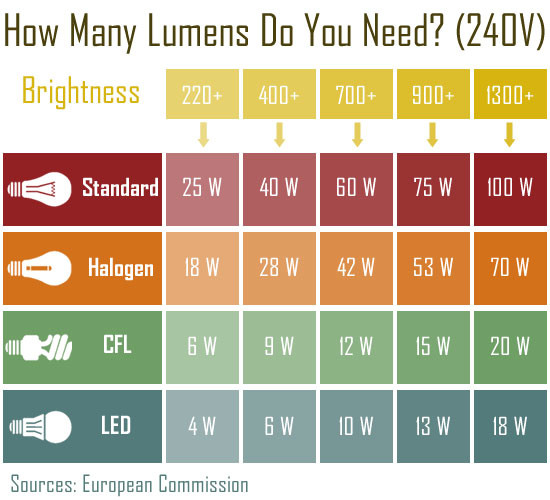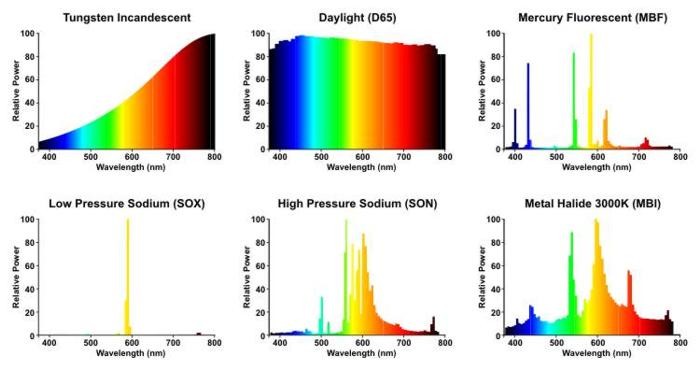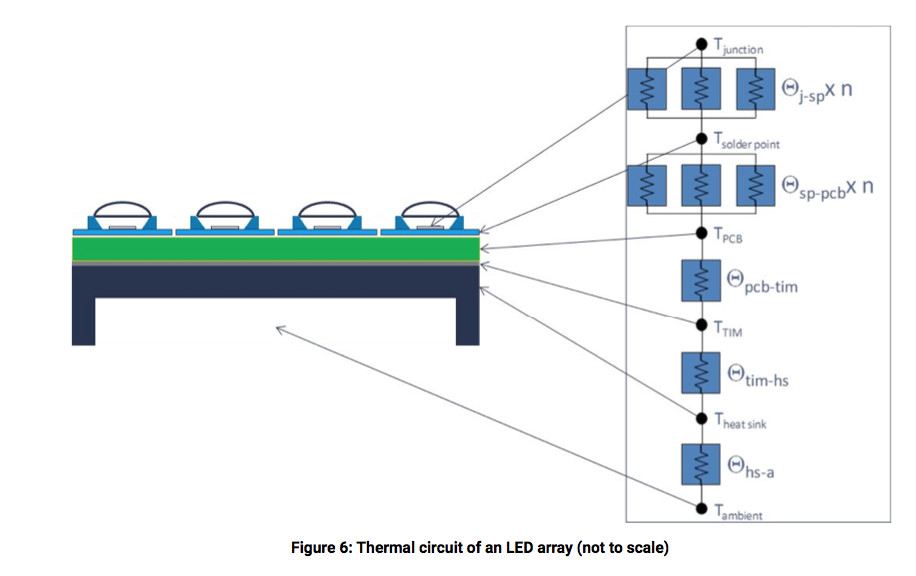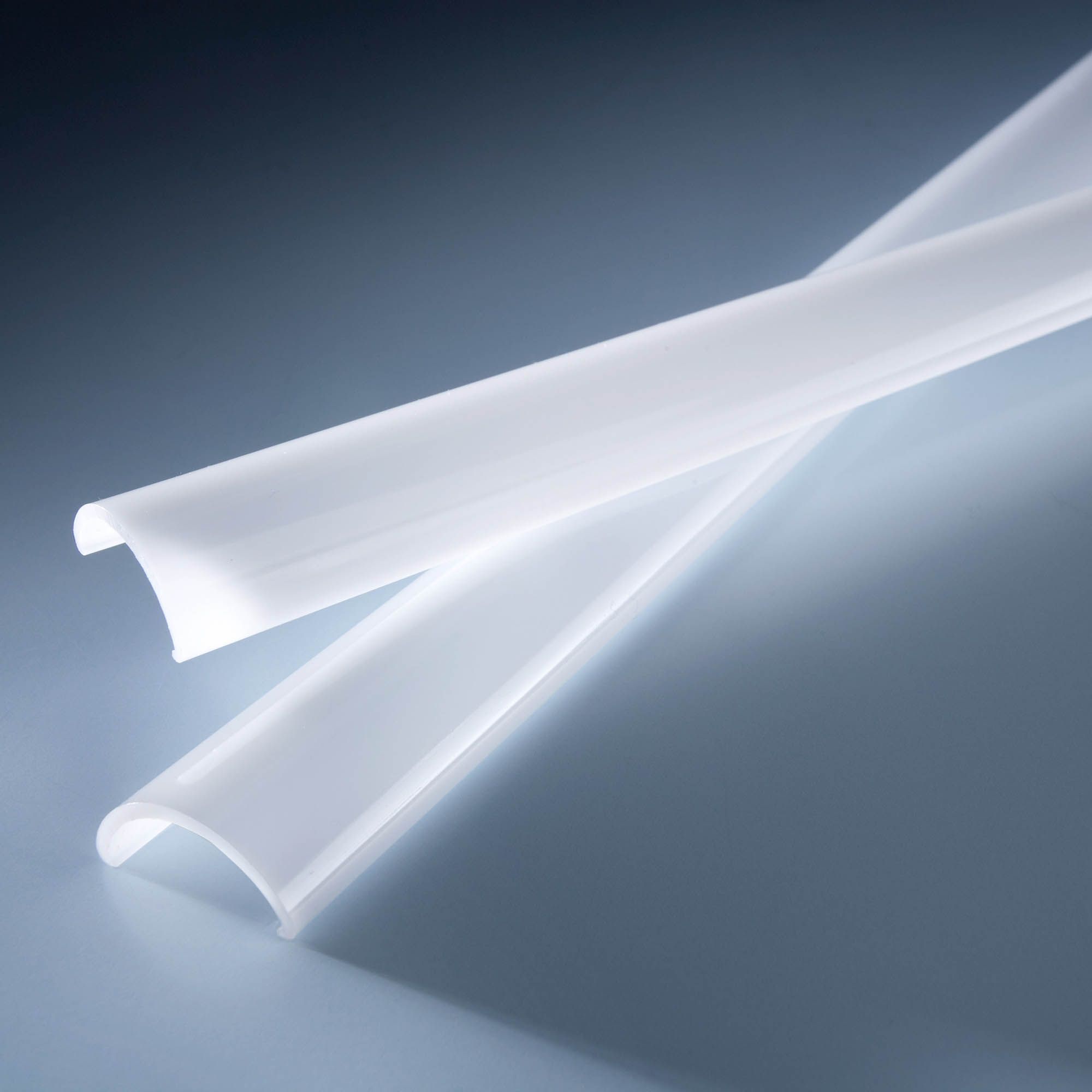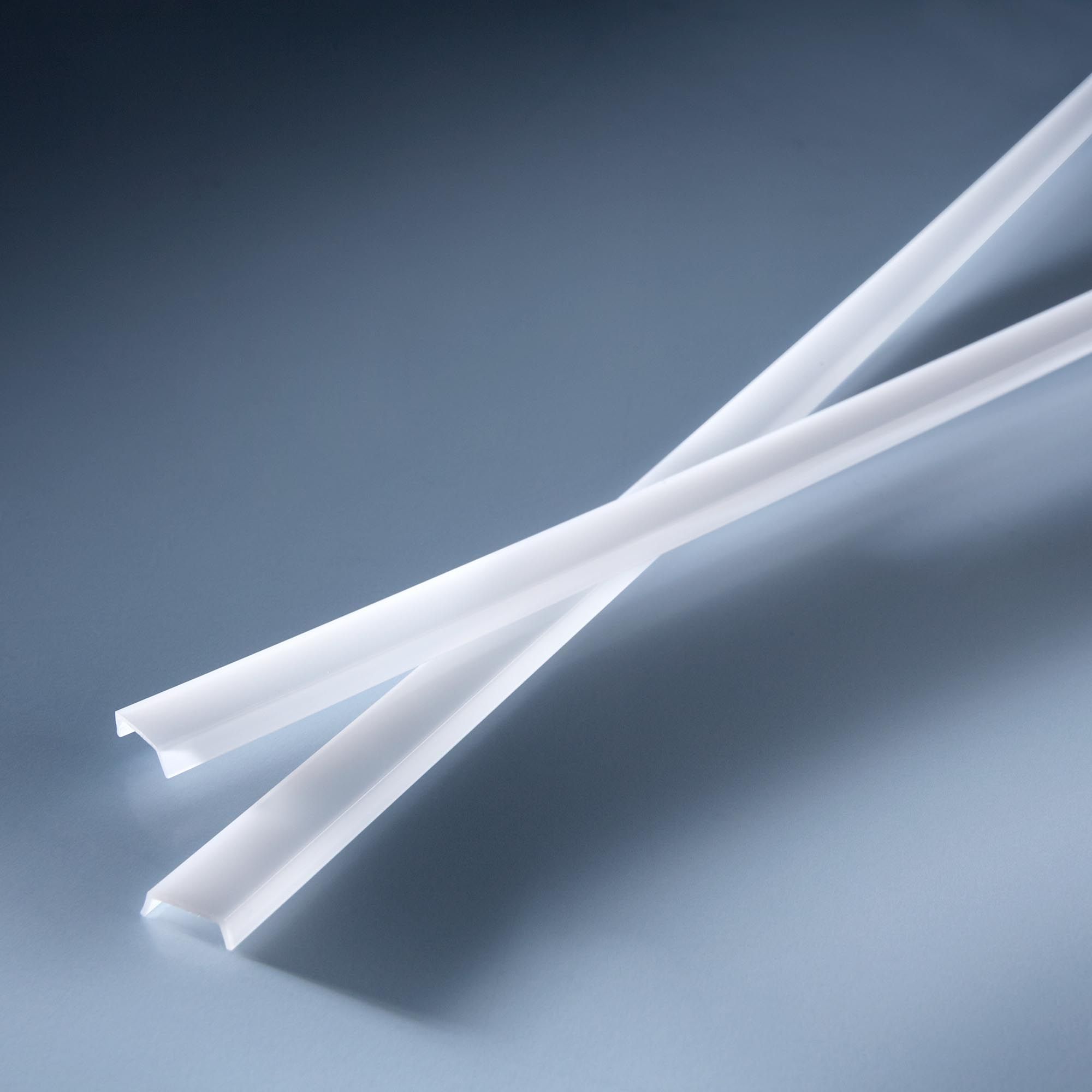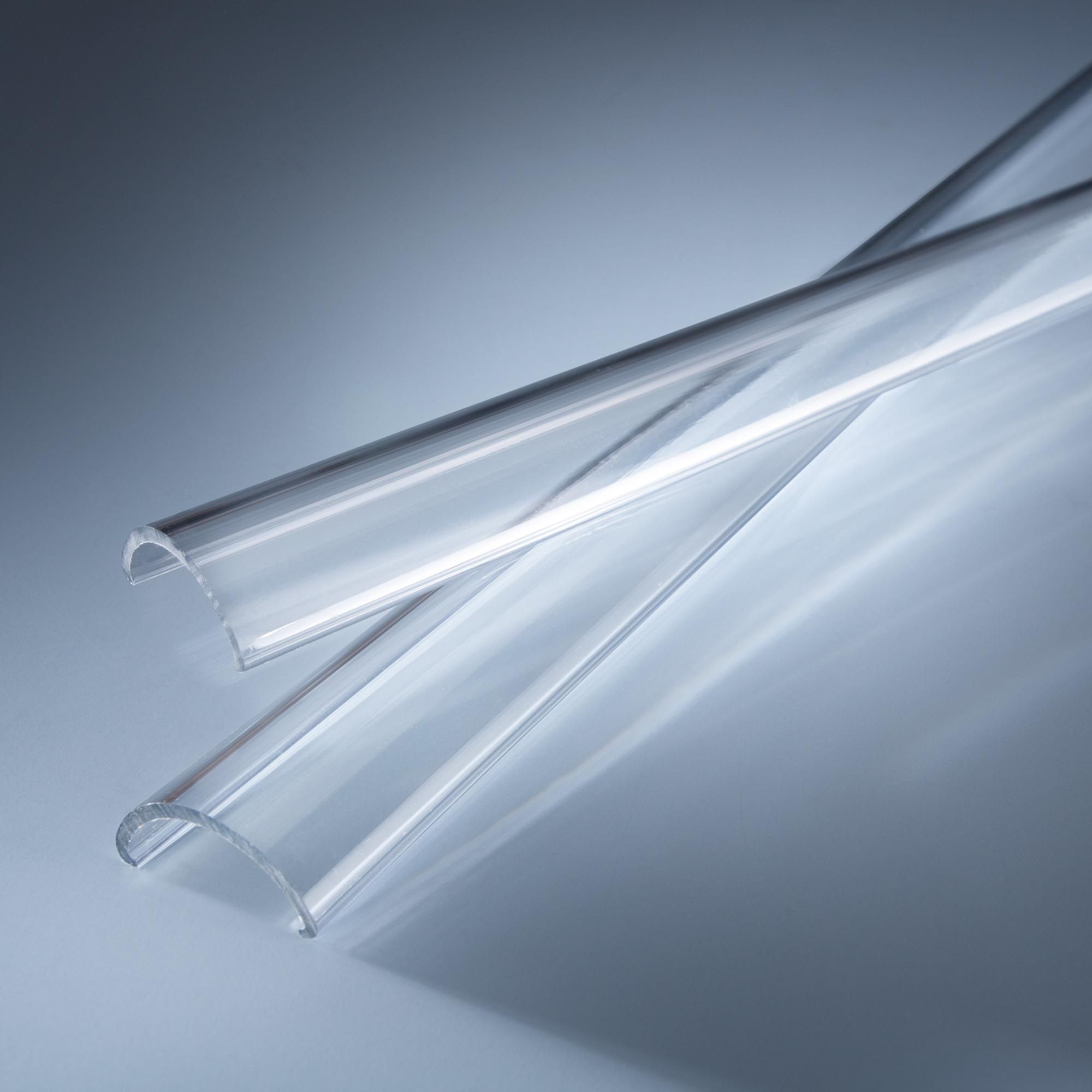Understading Luminous Efficacy (lumens per watt) and Its Impact on LED Performance
- By Lumistrips LED Professional
- Apr 12, 2023
Luminous efficacy measures how effective a light source produces visible light. For LEDs, it is the ratio of luminous flux to electric power.
The highest luminous efficacy today is 220 lumen/watt from the Nichia 757G LEDs with many other manufacturers offering LEDs in the 120-180 lumens per watt range. Low cost LEDs have an efficacy as low as 50 lumens per watt.
| Top performance LED | High Performance LED | Good Performance LED | Low Performance LED |
| 220 lm/W | 150-200 lm/W | 100-149 lm/W | 50-99 lm/W |

 Lumistrips UK
Lumistrips UK Lumistrips US
Lumistrips US Lumistrips ES
Lumistrips ES Lumistrips PT
Lumistrips PT Lumistrips ITA
Lumistrips ITA







